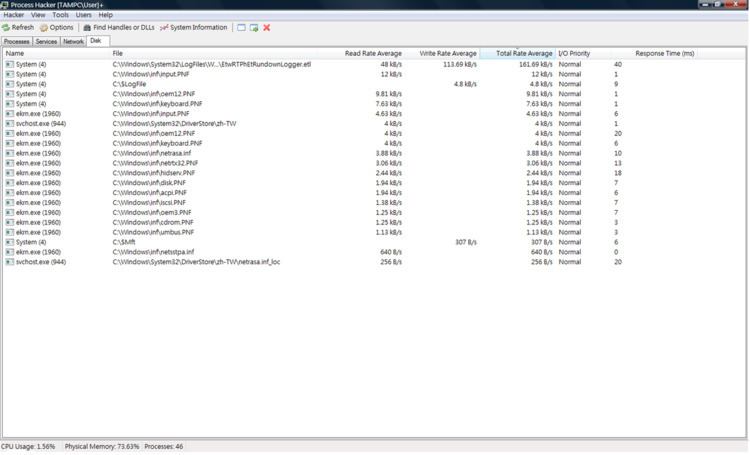 | ||
A task manager is a system monitor program used to provide information about the processes and programs running on a computer, as well as the general status of the computer. Some implementations can also be used to terminate processes and programs, as well as change the processes priority. In some environments, users can access a task manager by pressing the buttons Control-Alt-Delete.
Task managers can display currently running services (processes) as well as those that were stopped. They can display information about the services (such as Process ID and group) if known.
Common task managers
References
Task manager Wikipedia(Text) CC BY-SA
